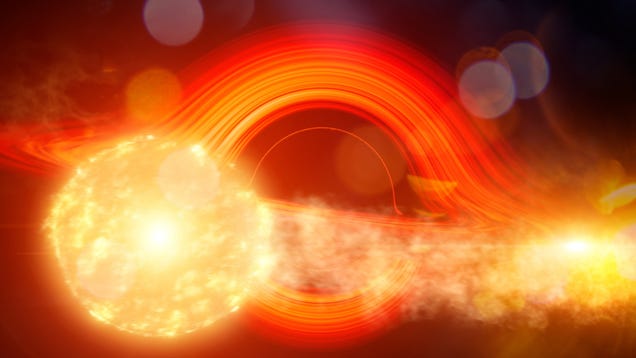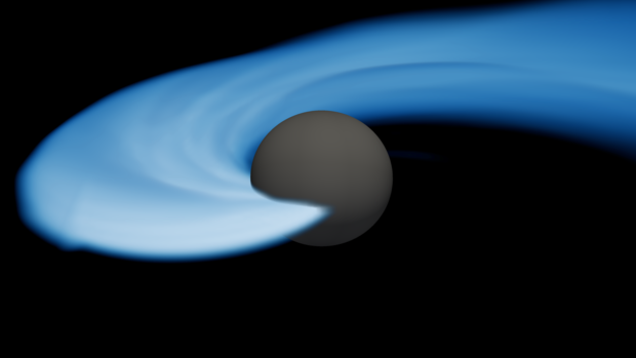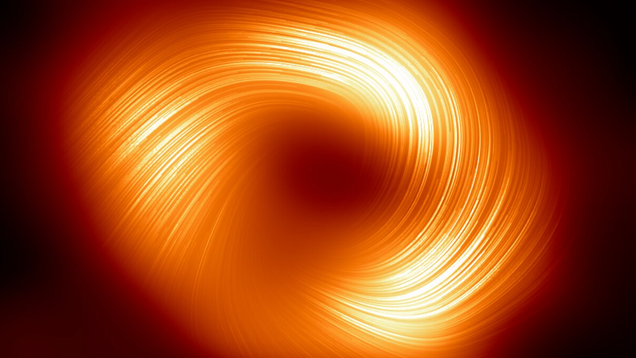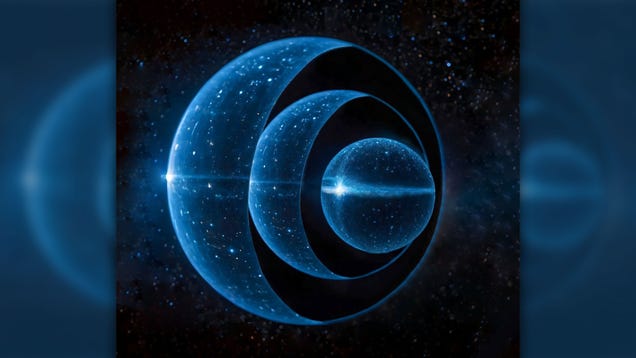

A team of astronomers has managed to calculate the speed of a distant supermassive black hole’s spin thanks to the object’s chance meeting with a star—which it promptly destroyed.

The cutting-edge Webb Space Telescope has spotted the most distant black hole merger yet, which occurred when the universe was just 740 million years old. It’s the first time astronomers have seen a merger so early in the universe’s history, making it a record breaker.
Light famously cannot escape the event horizon of a black hole, leaving astrophysicists to theorize and speculate what it’s like beyond the limits of human perception. Now, NASA researchers take that theorization a step further, in the form of an animation that takes you (the viewer) into the black hole.

A leading gravitational wave observatory recently detected ripples in spacetime that scientists say came from the collision of a dead, superdense stellar remnant and an unknown object.
The dense remains of massive stars generate powerful jets of gas and dust that move hundreds of millions of miles per hour, according to research published last week

A new image of our galaxy’s central black hole reveals the magnetic field surrounding the object in polarized light. The image reveals how gas and superheated matter in the immediate vicinity of the black hole move around it. But aside from that, it’s a great way to visualize the extreme physics happening at the…

If you asked an astrophysicist what is yet to be discovered in the universe, there’s a good chance they’d paraphrase Donald Rumsfeld: It’s full of known unknowns.


